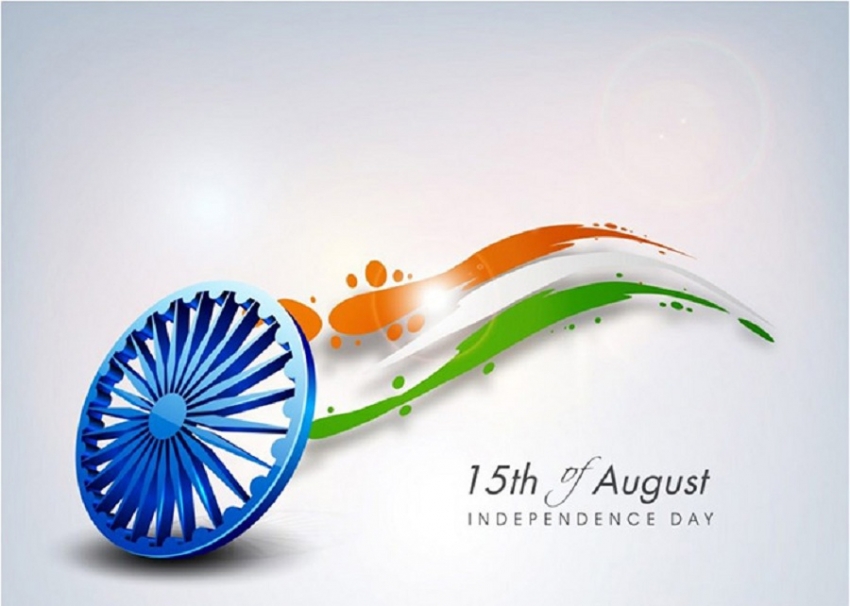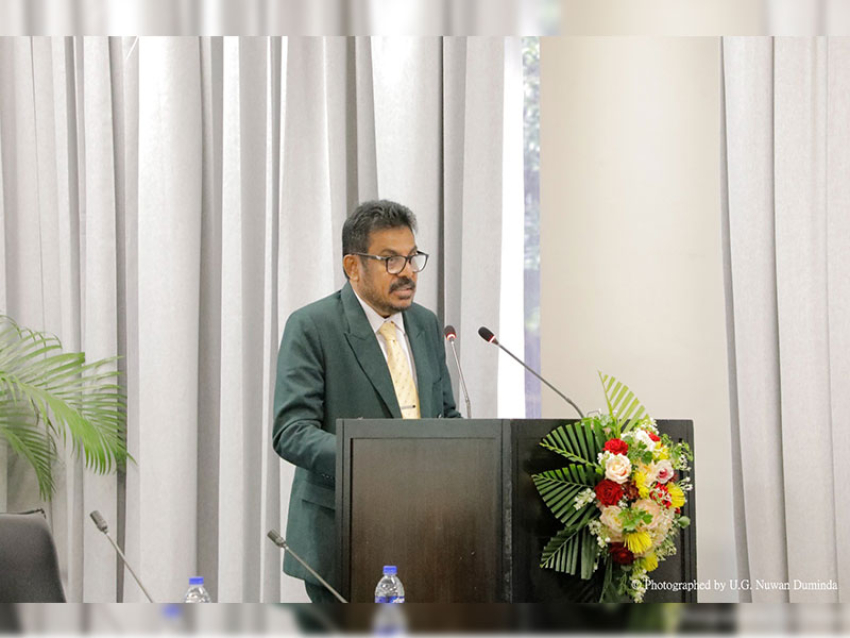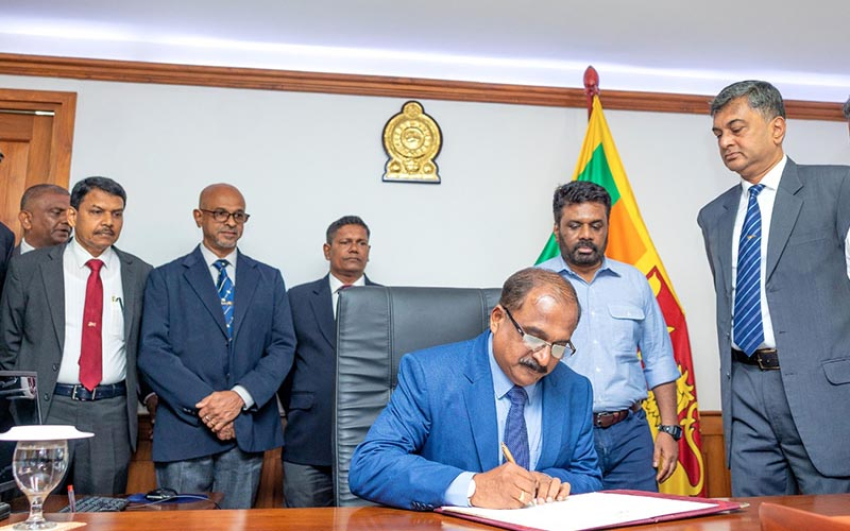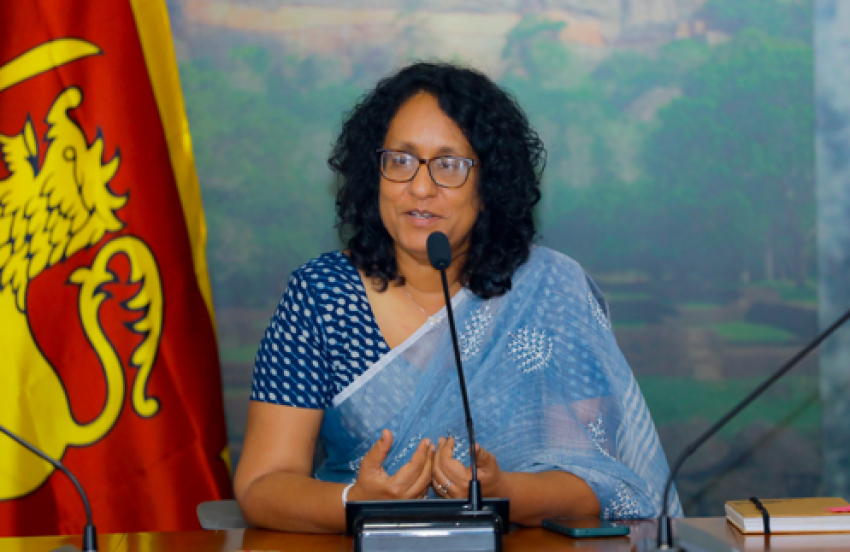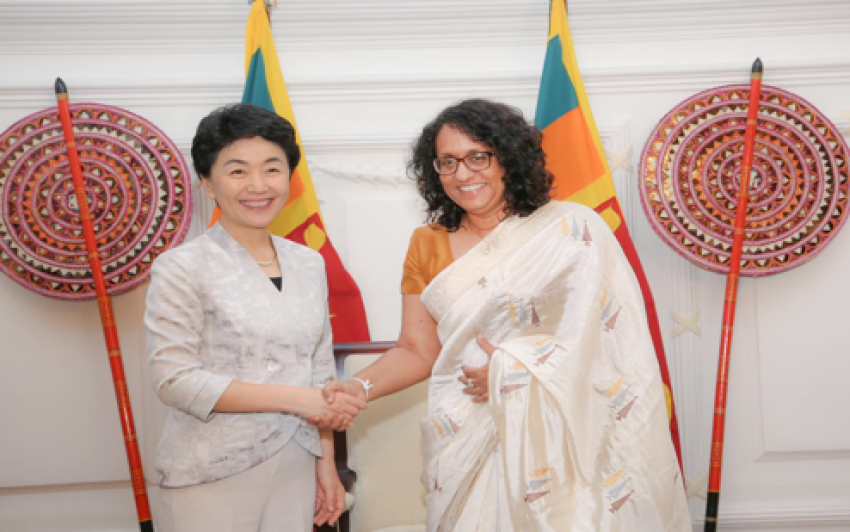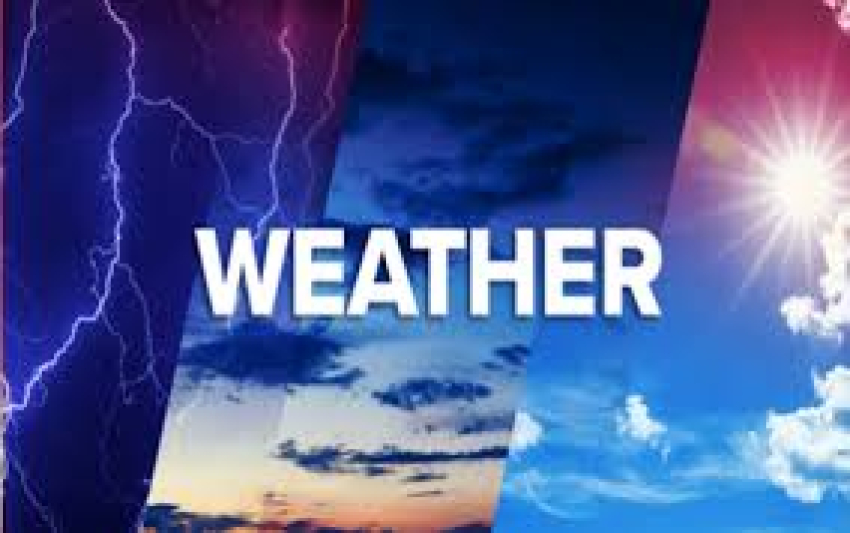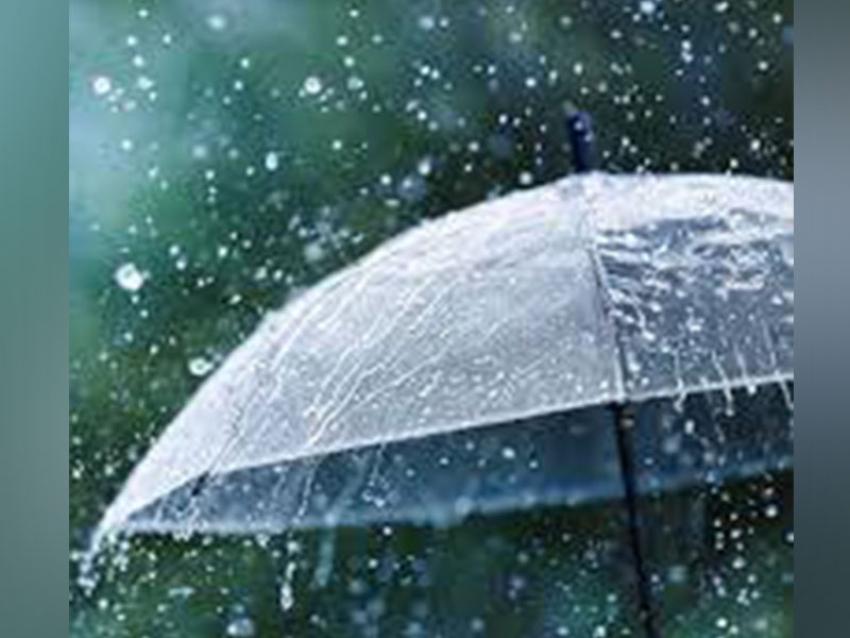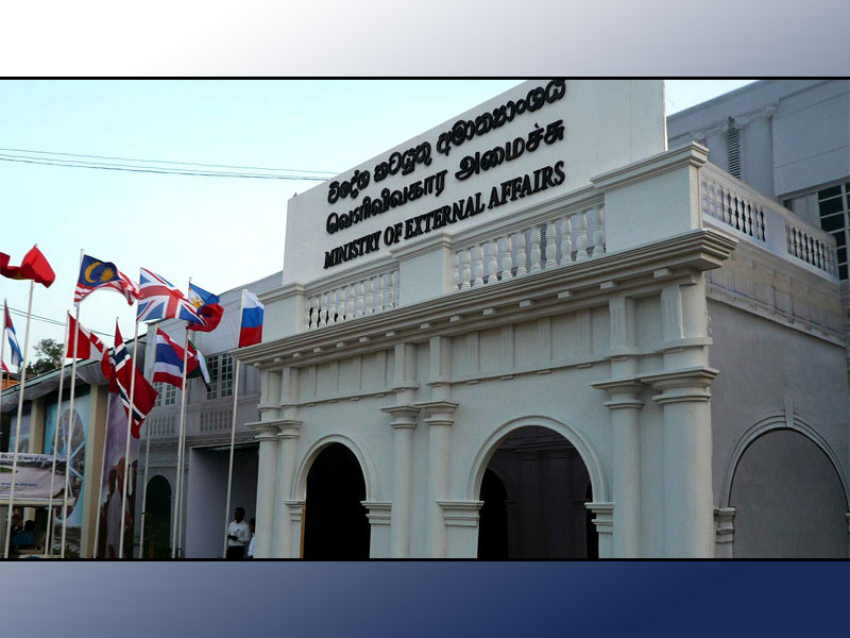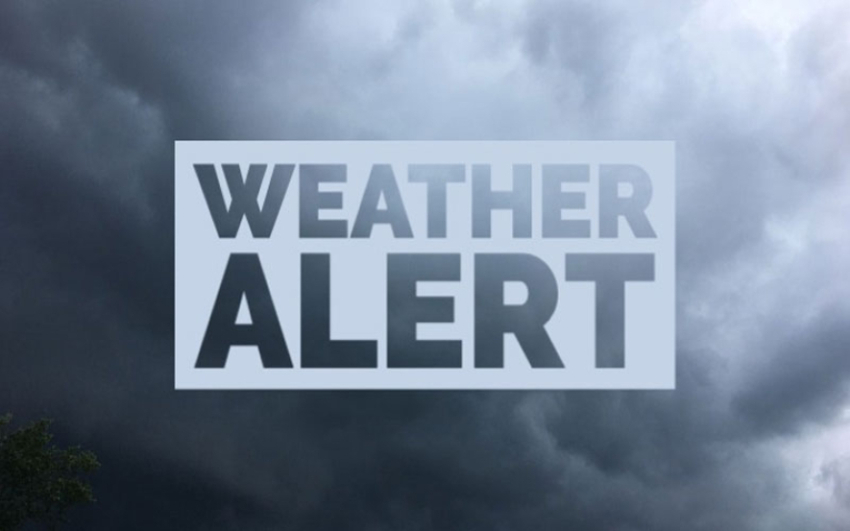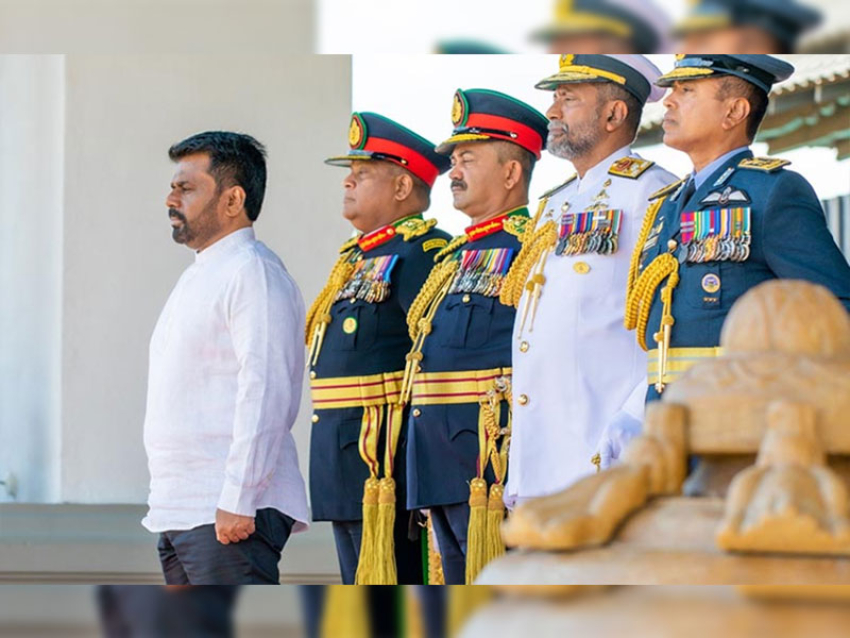Independence Day of India is a National Festival, celebrated every year on 15th of August. It is a day of great significance for the people of India. On this day in 1947, India got freedom from the British rule after long years of slavery. It has been declared as the National and Gazetted Holiday throughout the country, to commemorate its independence from British Empire on 15th of August in 1947.
Achievements of India after IndependenceIt was not easy for the India to get freedom from the Britishers; however, our freedom fighters, political leaders and the people of India were determined to gain independence.Finally they succeeded on August 15, 1947, when the complete Legislative powers were granted to the Indian Constituent Assembly. Many have sacrificed their lives in attaining the freedom for their future generations without worrying about their comfort, rest and freedom.They planned and acted upon various Independence Movements including violent and nonviolent resistance to gain absolute freedom.
However, independence has its own sorrows as it was followed by the partition of Pakistan. The partition wasn’t acceptable to some of the classes, consequently, resulting in communal riots on both sides. That horrible riot was the reason of mass casualties and dislocation of people (more than 15 million) from their homes.At this day, all the national, states and local government’s offices, banks, post offices, markets, stores, businesses, organizations, etc remain closed; however, public transport is totally unaffected. The day is celebrated in the capital of India, New Delhi, with big enthusiasm and is also celebrated in all the schools, colleges and other educational institutions by the students and teachers including public community and society.
Independence Day of India will be celebrated by the people all over the India on 15th of August 2018, at Thursday. This year in 2019, India will celebrate its 73rd Independence Day to pay tribute and remember all the freedom fighters who had contributed a lot and fought for the Independence of India.The first Independence Day was celebrated in India on 15th of August in 1947.WHAT IS SPECIAL ON 73RD INDIA’S INDEPENDENCE DAY 2019
Independence Day in India is fervently celebrated all throughout the nation. The festive fervor is easily felt from Delhi to lengths and breadths of the nation. This year too, the celebrations will be remarkable as India commemorate its 73rd Independence Day, which is going to be special in more than one ways:
PM has appealed to the people to provide valuable suggestions for his Independence Day speech through the Narendra Modi or Namo App.A foot ball tournament named “Naga 73rd Independence Day Football Tournament 2019” was inaugurated on 28th July at Naga in North Sikkim.Panchayat Heads of Bhartiya Janata Party in J&K will hoist the Tricolor in their houses.All schools under North Delhi Municipal Corporation will display photos of the present President and the Prime Minister of India.The Government of India has scrapped the Article 370 from J&K, through a Presidential order on 5th August 2019.300 meters of pedestrian friendly walkway will be open for shoppers in Chandni Chowk area of New Delhi.Banaras Hindu University will go completely paperless on the 73rd Independence Day.
Security is stepped up in Delhi in wake of intelligence input indicating towards terrorist activities targeting Independence Day.Senior leadership of INC (Indian National Congress) has stated that the Delhi Pradesh Congress Committee (DPCC) will get a new chief by this Independence Day.
This year New York’s India Day parade, will be organized on 18th August, the American-Indian community will commemorate the sacrifice and valor of Indian soldiers. This would be the 39th New York’s India Day parade organized by Federation of Indian Association (FIA). This year the theme is “Support our Troops, Salute our Troops”.The Government of India under the bureau of Outreach & Communication has organized a poster design competition on 73rd Independence Day. The competition is based on the theme “Changing Face of India – Independence Day 2019”. There is no age bar and the competition is open till 10th August for every citizen of India.Former President Pranab Mukherjee, social activist Nanaji Deshmukh and singer, lyricist Bhupen Hazarika (posthumously) were conferred with the Bharat Ratna in an event at President House on 8th August.The Government of Uttar Pradesh has cancelled leave of all its employees with immediate effect till 15th August.
Government has requested citizens to remain vigilant for any suspicious activity, unclaimed luggage etc and report to the authorities immediately.Chhattisgarh set a new world record by unfurling world’s longest Tri-Colour flag of about 4.5 km length on 11th of August 2019 supported by a chain of thousands of people in Raipur.On 73rd Independence Day of India, for the first time Indian Flag will be hoisted in J&K. BJP has announced to celebrate “Jashn-e-Azadi” on this occasion.The Lieutenant colonel and Indian Cricket Player Mahendra Singh Dhoni will infurl Indian Nation Flag in Leh on 73rd Independence Day of India.Intelligence agencies have issued fresh terror warnings to Delhi police and Jammu & Kashmir administration, ahead of the Independence Day celebration. Security forces are on high alert expecting retaliation by terror groups in wake of scrapping of Article 370 from the valley.With only one day to go for Independence Day, rehearsals for the day’s events are being performed inschools, stadiums, playgrounds etc. This year, after the abrogation of Article 370, the state of Jammu & Kashmir will be celebrating its first
Biggest National Festival.
Personnel of J&K police and paramilitary forces are doing rehearsal in Sher-I-Kashmir ground at Srinagaramid tight security.Wing-commander Abhinandan Varthaman will be awarded Veer Chakra on 73rd Independence Day.The Parliament of India including its 144 pillars has got its new lighting system on 13th august 2019.On 73rd Independence Day, for the first time, Red fort in Delhi will be installed with multi layered security system including CCTV Cameras and Facial Recognition Software.A full dress rehearsal is performed today at Red Fort New Delhi for tomorrow’s flag hoisting ceremony by the Prime Minister.Women from Dehradun are set to send Independence themed Rakhi to PM Narendra Modi on thanking him for improving the conditions of Women and Farmers in the Country.Minister of State for Home Affairs G. Kishan Reddy has ordered sarpanches of all gram panchayats in Jammu and Kashmir to hoist the tricolour in their panchayats on the occasion of Independence Day. At the same time, he has also requested the public to hoist the tricolour in their houses.
Following the withdrawal of Article 370 from Jammu and Kashmir the Indian intelligence agency has issued high alert in 6 states of India, Delhi, Rajasthan, Punjab, Gujarat, Maharashtra, Karnataka and Andhra Pradesh in view of the increasing terrorist threat.Twitter has launched an emoji of Ashok Chakra on Wednesday celebrating 73rd Independence Day of India. This emoji will be live till 18th august and in several languages which are English, Hindi, Tamil, Kannada, Malayalam, Telugu, Punjabi, Marathi, Gujarati, Bengali and Oriya.Rakshabandhan, the holy festival of siblings on August 15, has added to the celebration of Independence Day. The enthusiasm for this occasion can be clearly seen among the youth.The central government has announced to honour 5 brave Indian pilots involved in the Balakot air strike, which are wing commander Amit Ranjan, Squadron leader Rahul Basoya, Pankaj Bhujde, B.K.N. Reddy and Shashank Singh.
WHAT WAS SPECIAL ON 72ND INDIA’S INDEPENDENCE DAY 2018
Following was special on India’s Independence Day 2018:UP Government banned the production and use of Polythene bags of 50 microns as well as all the plastic or thermocol products with effect from 15th July 2018.Prime Minister also remembered the victims of Jallianwalan Bag massacre as previous year on Baisakhi it was the 100th years of that fateful day. (Massacre happened on 13th April 1919).Prime Minister made a major announcement displaying India’s progress in space missions. He declared that on the occasion of 76th Independence Day in 2022, India will unfurl the Tricolor in space.
Prime Minister congratulated all women members of INS Tarini, an Indian navy sail boat which successfully travelled through the globe under the command of Lt. commander Vartika Joshi and five other women officers.PM announced the increase in overdraft limit of Pradhan Mantri Jandhan Yojna from Rs. 5000 to Rs. 10000.PM Modi also announced permanent commission for women in armed forces.
PM’S ADDRESS TO THE NATION – 72ND INDEPENDENCE DAY CELEBRATIONS
HISTORY OF INDEPENDENCE DAY OF INDIA
Indian subcontinent became trading ground for British traders during 17th century, who came to the subcontinent for trading mainly with Mughal Empires. Later the company ended up taking control over a large part of the sub continent, using its huge military strength. They established their local pickets/offices and deployed troops, all throughout the country during 18th century and took administrative control of all the existing kingdoms.
The Revolt of 1857: A great independence revolution was started by the people of India against the British rule in 1857; however, it was only an outcome of centuries old resentment against British imperialism. Indian Rebellion of 1857 is considered as India’s first struggle for Independence known by many names-, “the Revolt of 1857”, “the Indian Mutiny”, “the Uprising of 1857” and “the Sepoy Mutiny”. It was started by a sepoy of the 34th Bengal Native Infantry, named Mangal Pandey, against British East India Company’s army at Bengal Presidency on 10th of May in 1857.
The Revolt of 1857 was effective rebellion after which several civil and political groups emerged all throughout India. One of them and the most prominent was the Indian National Congress Party which was formed in the year 1885. This period of almost a century, since the revolt of 1857 to the Independence, saw many moments of struggles and rebellion against the oppressions of British Empire.
Mahatma Gandhi Movements: But, the champion of all the movements was – non-cooperation and civil disobedience movement started by Mahatma Gandhi. Former was started by Mahatma Gandhi in 1920 after the Jallianwalan Bag Massacre, while the latter was started by him in 1930 by conducting Dandi Salt march against unjust taxes for production of salt.
Purna Swaraj: In the meeting of Indian National Congress in 1929 at Lahore, proclamation of Purna Swaraj or complete independence for India was made. Earlier, 26th of January was declared as the Indian Independence Day between 1930 and 1947. Indian citizens were requested by the Indian National Congress to follow civil disobedience as well as the timely instructions issued until complete independence of India.
After World War II, in 1947 British government probably knew that it no longer could show its power on the India, moreover they were facing resentment in their own land. Indian freedom fighters were continuously exerting pressure on the Empire which consequently decided to transfer Legislative Sovereignty to the Constituent Assembly of India on 15th August 1947 by passing the Indian Independence Act 1947 in the UK Parliament.
However, King George VI was still to be retained as the Emperor of India, until India got transitioned into complete Republic on adoption of the Constitution of India. The joy of independence was however spoiled by Hindu Muslim violence that emerged following the independence of India (on August 15, 1947) and formation of Pakistan. Muhammad Ali Jinnah, the founder of All India Muslim League became the first Governor General of Pakistan, while Pundit Jawaharlal Nehru became the first prime minister of independent India.
An official ceremony was held in the capital of country, Delhi where all the great leaders and freedom fighters (Abul Kalam Azad, B. R. Ambedkar, Master Tara Singh, etc) took part to celebrate freedom. During the riots of partition millions of people from both sides died, while people in other regions were celebrating Independence Day. Meanwhile, the second meeting of the Constituent Assembly was held at 11 pm on 14th of August at Constitution Hall, New Delhi under the leadership of president, Rajendra Prasad where Jawaharlal Nehru gave his famous speech titled “Tryst with the Destiny”.
Tryst with Destiny: In the midnight of 15 August 1947, India was proclaimed as independent country by Pundit Jawaharlal Nehru when he gave his speech named “Tryst with Destiny”. He said during his speech that “Long years ago we made a tryst with destiny, and now the time has come when we will redeem our pledge, not wholly or in full measure, but very substantially. At the stroke of the midnight hour, when the world sleeps, India will awake to life and freedom. A moment comes, which comes, but rarely in history, when we step out from the old to the new, when an age ends and when the soul of a nation, long suppressed, finds utterance. We end today a period of ill fortune, and India discovers herself again.”
After that, all the Assembly members took pledge of being loyal in offering their services to the country. National flag was officially presented to the assembly by a group of Indian women. Finally India became an independent country officially, and Nehru became the first prime minister of India. Father of the nation, Mahatma Gandhi wasn’t involved in the celebrations as he was, at that time travelling through West Bengal, pacifying the riot victims and trying to establish peace between the communities. While the celebrations at Delhi were in progress, Gandhi was staying in Calcutta marking the Independence Day with his 24 hours fast in order to encourage the peace between Hindu and Muslim.
INDIAN INDEPENDENCE MOVEMENTS: TIMELINE
Rebellion of 1857: Mangal Pandey, Civil Rebellion, Rani Lakshmibai, Guerrilla Warfare led by Tatya Tope, etc.Rise of Nationalist Movements in India 1867: Influence of socio-religious groups like Arya Samaj and Brahmo Samaj ; Rise of passion for rejuvenation and freedom, etc.Rise of Indian nationalism (1885–1905): Swaraj, Ghadar Party, Temperance movement in India, etc.Partition of the Province of Bengal 1905: Divide and rule, Boycott of British products under the banner of Swadeshi, Start of violent revolutionary movement for Indian independence, etc.
All India Muslim League 1906: Reason, why All India Muslim League was founded.
How First World War (Great War/Global War) Relate to Indian Independence Movements 1914 – 1918: Hindu-German Conspiracy, Christmas Day Plot, Ghadar Mutiny, Silk Letter Movement, Niedermayer-Hentig Expedition and Defence of India Act 1915.
Response of Nationalist to the First World War: Effect of influenza epidemic, Lucknow Pact, etc.British Reforms 1919: Carrot and Stick Approach, Government of India Act, 1919
Arrival of Mahatma Gandhi in India 1915: Rowlatt Satyagraha, Non-Violent Civil Disobedience, Jallianwala Bagh Massacre, Indian National Army, etc.
First Non Co-operation Movement 1920 to 1922: Khilafat, Boycott, Chauri Chaura incident, Young India newspaper, Untouchables, etc.
Purna Swaraj Movement/Resolution 1929: Simon Commission, Gandhi-Irwin Pact
Lahore Resolution 1940: Lahore Resolution, Two Nation Theory, All India Azad Muslim Conference, etc.
Other Revolutionary Movements of Indian Independence: Anushilan Samiti, Ghadar Party, Hindustan Socialist Republican Army, Kakori train robbery, Inquilab Zindabad, etc.
Self-Rule Movement of India 1937: Azad Hind Fauj, Quit India Movement, Christmas Island Mutiny 1942 and Royal Indian Navy Revolt 1946, Impact of World War 2 (1939 to 1945) on Indian Independence, Sovereignty and partition of India
Azad Hind Fauj (Indian National Army) 1942: All India Forward Bloc, Netaji Subhas Chandra Bose, etc.
Quit India Movement: Civil Disobedience, Do or Die, August Revolution Ground, etc.
Christmas Island Mutiny 1942
Royal Indian Navy Revolt 1946: Role in Indian Independence.
Impact of World War 2 (1939 to 1945) on Indian Independence: How Indian Independence Movement was affected by World War 2.
Sovereignty and partition of India 1947: The Republic of India, Partition of India, etc.
INDEPENDENCE DAY CELEBRATION
India’s Independence Day is celebrated all over the country as a National holiday in India. It is observed every year in every Indian states and union territory with great enthusiasm and fervor. President of India gives a speech every year in order to “Address to the Nation” on the evening of a day before the Independence Day. It is celebrated with big passion in the national Capital where the prime minister of India hoists the Indian flag from the Red Fort, Delhi. After the flag hoisting, National Anthem song is sung and twenty-one gun shots are fired to salute and honour the Indian flag and also the solemn occasion. 72nd Independence Day Celebration at Red Fort, Delhi. Students and Teachers are sit in the manner to give a look of Indian National Flag and white part is looking written ‘Bharat’.
School Students celebrating Independence day
School students celebrating Independence Day of India at Red Fort, Delhi. They have arranged themselves wearing tricolor uniform in such an attractive manner showing Jai Bharat.
The flag hoisting by the Prime Minister in Red fort is simultaneously followed by flag hoisting in other parts of the country. Government offices, schools, colleges, offices of the private organizations, all seem to be devotedly observing their independence by adorning tricolors, wearing traditional attire and greeting one another. It is one of those very rare festivals that whole India celebrates together.
The prime minister of India highlights over all the achievements of past year, important social issues and solutions, further development in the country, educational matters, etc during his speech on the Independence Day, after paying tribute to the freedom fighter and leaders of the Indian independence movement who had sacrificed their lives. A grand march past takes place by the Indian Armed Forces and paramilitary forces. The celebration of Independence Day takes place in different states of diverse cultural traditions where Chief Ministers of individual states hoist the national flag.
Flag hoisting is a mandatory ceremony to attend, for every public servant and public representative. The celebrations at Delhi are centered on Red Fort. After the flag hoisting and the speech of the Prime Minister, people could be seen surfing through several stalls selling flags, eatables, handicrafts and other articles. Flag hoisting, playing of National Anthem and parade ceremonies including other cultural programs takes place in almost all the governmental and non-governmental institutions, educational institutions, some of the private institutions all through the country. In the schools and colleges, national flag is hoisted by the school or college Principal and parade and cultural events are carried out by the students.
On this day, government offices, buildings, etc are decorated with the electric lights, flowers and other decorative articles. Different sizes of the national flags are used by the people to symbolize faithfulness and commitment to the country. There is a big risk of terrorist attacks while celebrating the Independence Day especially in the major cities like Delhi, Mumbai and Jammu and Kashmir. That’s why no-fly zone is declared around the Red Fort to prevent aerial attacks.
For more security reasons additional police forces are positioned all over the cities. Live broadcasting and webcasting is carried out by the media and government websites in order to provide live casting of the celebration of the event to the people all over the country. It is also celebrated by the people with family members, friends and neighbors by going at dinner, picnic, park, garden, mall for shopping or seeing film, etc. Some people do sing patriotic songs. At this day, kids of the home take a small flag in their hand and go outside by saying “jai Hind”, “Jai Jawan or Jai Kisan” and other popular saying.
SYMBOL AND SIGNIFICANCE OF INDEPENDENCE DAY IN INDIA
The kite flying sport in India symbolizes the Independence Day. The sky all over India becomes full of countless kites (flown from rooftops) of various sizes, shapes, styles, and shades. Some of them are tricolored symbolizing Indian flag.
Another symbol of Independence Day is the Red Fort of New Delhi where the first Indian Prime Minister, Jawahar Lal Nehru, unfurled the Indian flag on 15th of August in 1947. Independence Day of India reminds us of the sacrifices made by our fore fathers, freedom fighters and political leaders in order to free their motherland. It sends a message the Indian masses that unity is their biggest weapon against any foreign invasion and that there is nothing to fear as long as we stay united.
Independence Day is celebrated to commemorate the freedom of India from the British rule in 1947. 15th of August is the day of re-birth of the India. It is the day when Britishers left India and handed over the country to its leaders. It is the most significant day in the history of India and celebrated every year with great enthusiasm by the Indian people.

